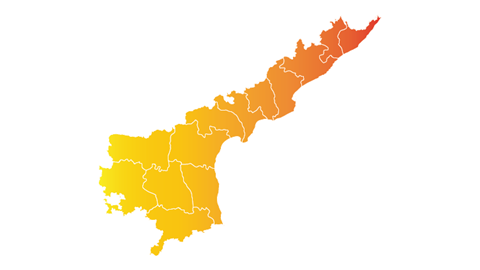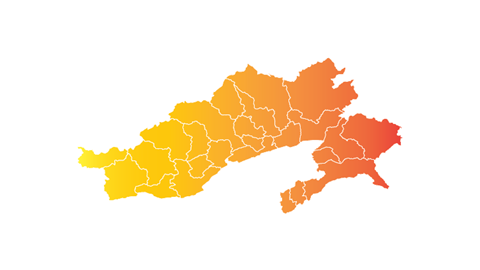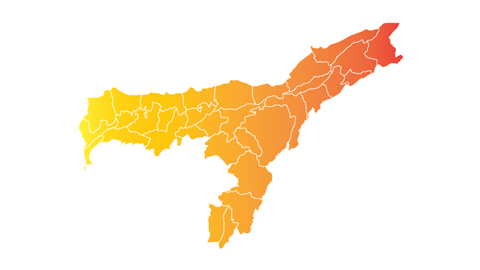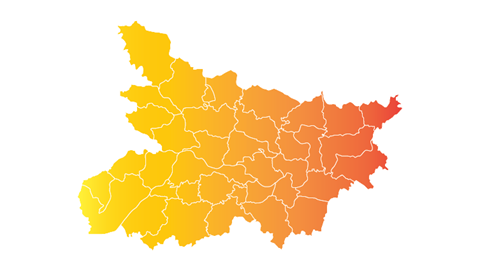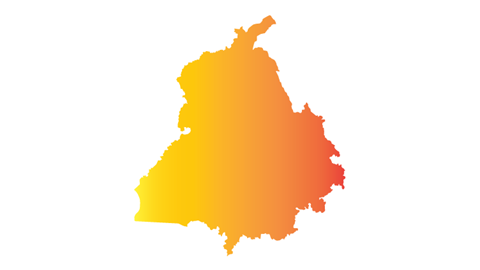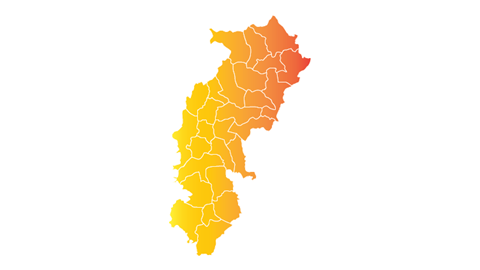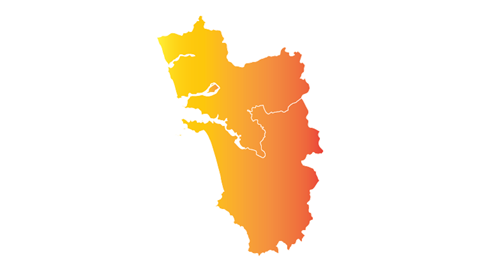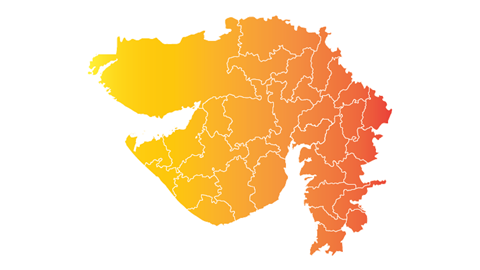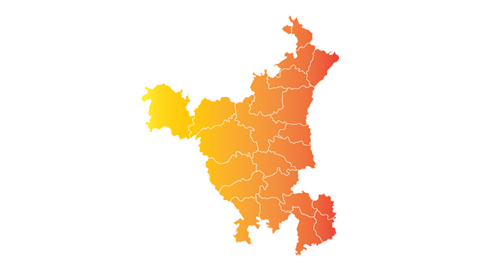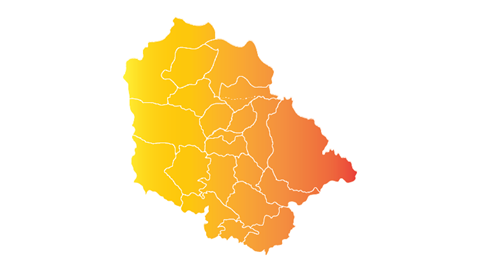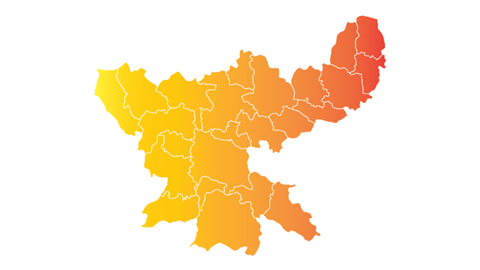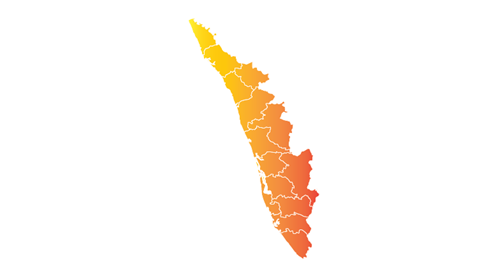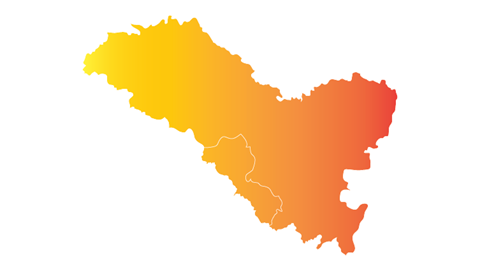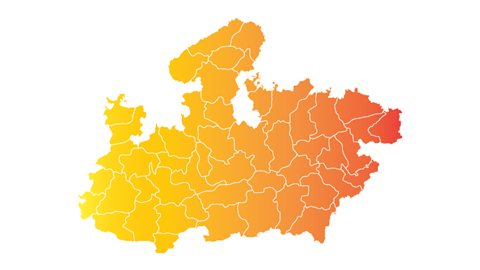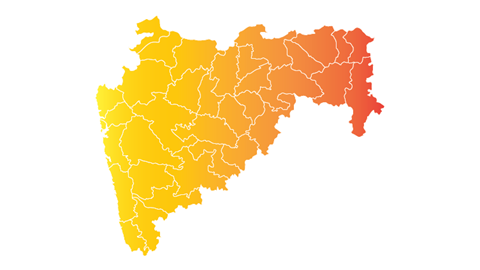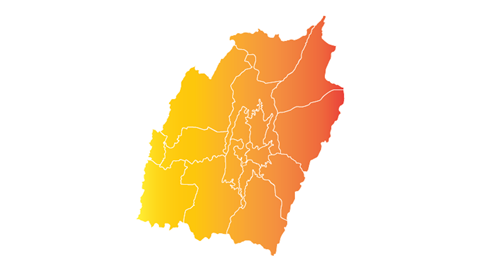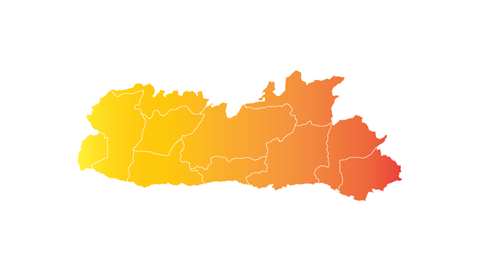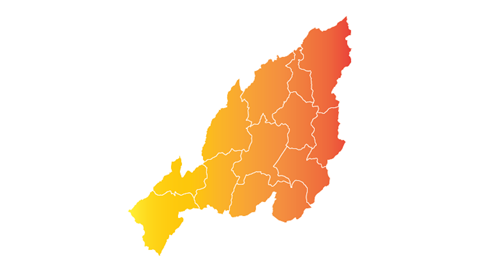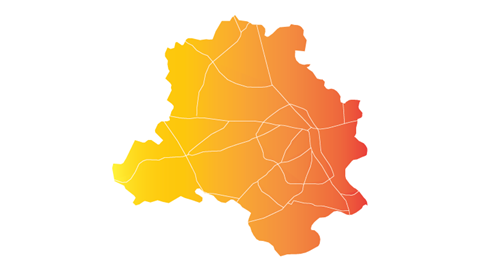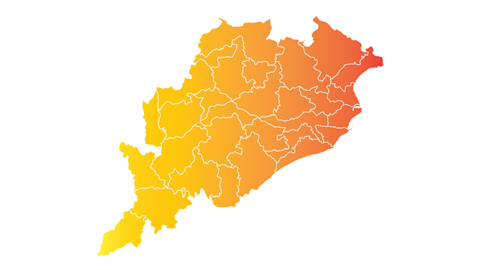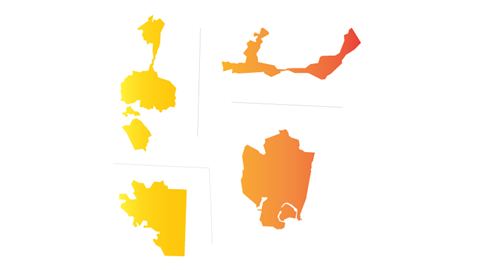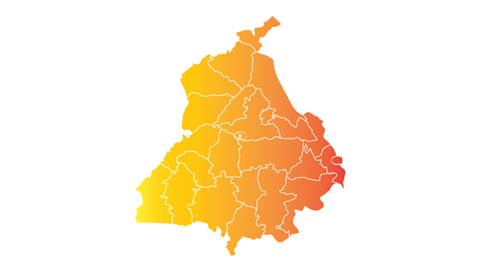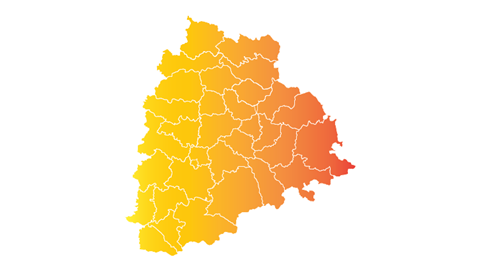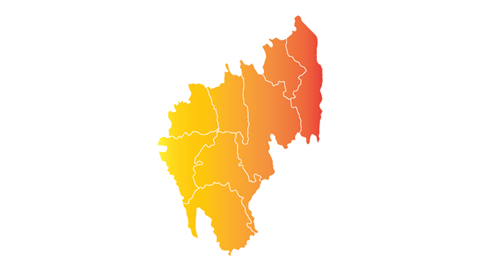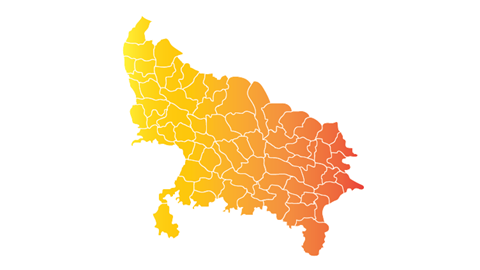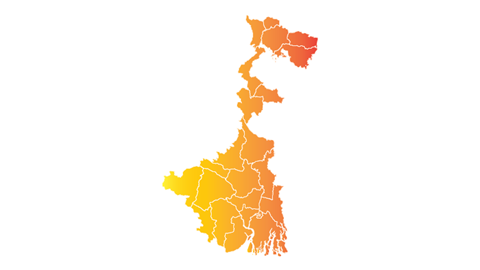Sikkim State
Critical minerals, policy, and the energy transition
The Energy Transition in Sikkim, India
Sikkim, perched on the eastern Himalaya between Khangchendzonga’s glaciers and the Teesta gorge, already runs almost entirely on its fast rivers. Installed capacity is about 2.2 GW, more than seven times the state’s 300 MW peak demand—driven by the 1,200 MW Teesta III, 510 MW Teesta V and a string of smaller run-of-river schemes. Surplus power feeds the northern grid, yet the 2030 roadmap still calls for 150 MW of rooftop and valley-floor solar, backed by 100 MWh of batteries and a 600 MWh pumped-storage upgrade at Teesta V to shift snow-melt surpluses into the winter evening peak. A 25 MW electrolyser pilot at Rangpo will blend green hydrogen into industrial gases and provide fuel for altitude-tested buses on the Gangtok–Nathula axis. Sikkim’s geology mirrors its hydropower resource. The Rangpo dome hosts copper-zinc lodes with cobalt credits, graphite bands outcrop in Dzongu, and tungsten–molybdenum showings occur near Lachen. High-altitude pegmatites are being sampled for lithium-bearing spodumene, while talus-hosted rare-earth traces have been reported along the Yumthang valley. By coupling surplus hydro, niche solar and storage with this emerging critical-mineral basket, Sikkim is positioning itself as a Himalayan clean-energy exporter and strategic materials node for Northeast India.


A state-by-state analysis of India’s critical minerals and energy transition policies
SFA explores the state-level frontlines of India’s strategy to secure its position in the global energy transition. As demand surges for critical minerals used in electric vehicles, grid storage, solar, and hydrogen technologies, India is intensifying efforts to diversify supply, localise processing, and reduce strategic dependencies. This analysis examines how mineral endowments, state-level industrial policy, and renewable energy deployment intersect across the Indian landscape. From lithium-bearing pegmatites in Karnataka and Jammu & Kashmir to rare-earth-rich coastal sands in Tamil Nadu and Odisha, this state-by-state review highlights the opportunities and constraints shaping India’s clean-energy future and its role in global mineral security.
Meet the Critical Minerals team
Trusted advice from a dedicated team of experts.

Henk de Hoop
Chief Executive Officer

Beresford Clarke
Managing Director: Technical & Research

Jamie Underwood
Principal Consultant

Dr Jenny Watts
Critical Minerals Technologies Expert

Ismet Soyocak
ESG & Critical Minerals Lead

Thomas Shann Mills
Senior Machine Learning Engineer

Rj Coetzee
Senior Market Analyst: Battery Materials and Technologies

Franklin Avery
Commodity Analyst

How can we help you?
SFA (Oxford) provides bespoke, independent intelligence on the strategic metal markets, specifically tailored to your needs. To find out more about what we can offer you, please contact us.

